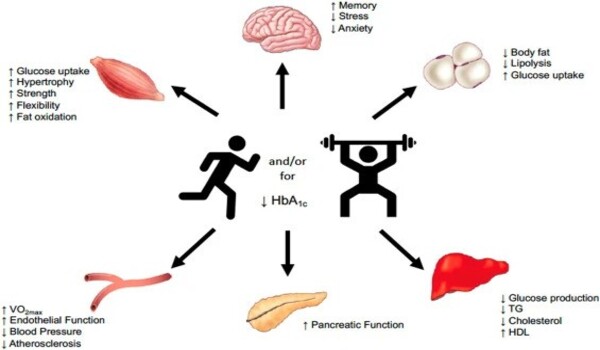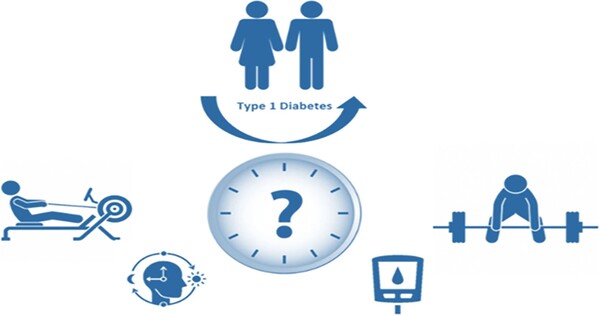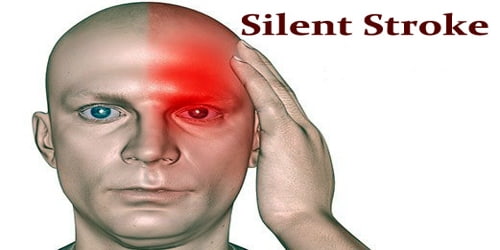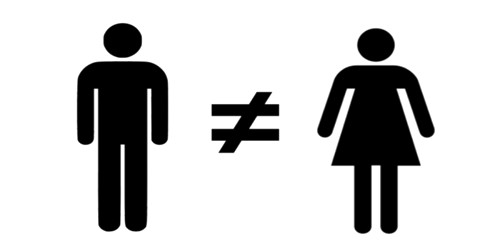A new study has identified the greatest sorts of exercise for people with type 1 diabetes. The Universidade Federal do Vale do São Francisco collaborated with Staffordshire University to study optimal training for diabetic individuals.
“This study is significant because diabetic patients frequently lack motivation to exercise as a way of managing their condition,” said Dr Pooya Soltani of Staffordshire University. “One explanation for this is that physical exercise can cause blood sugar decreases, which can be uncomfortable and demotivating. We looked into whether the type of physical activity could reduce these blood sugar reductions.”
This study is significant because diabetic patients frequently lack motivation to exercise as a way of managing their condition. One explanation for this is that physical exercise can cause blood sugar decreases, which can be uncomfortable and demotivating.
Dr Pooya Soltani
19 people with type-1 diabetes participated in two randomised trials to measure glycemic and cardiovascular responses after interval exercise and continuous exercise. All participants took part in 30 minutes of moderate aerobic exercise on a treadmill. The interval aerobic session involved alternating 1-minute intervals at 40% and 60% of estimated maximal oxygen consumption (VO2max). The continuous exercise was performed at 50% of VO2max.
Heart rate, blood pressure and blood glucose levels were measured before, immediately after, and 20 minutes after the sessions. Rates of perceived exertion and enjoyment levels were also assessed.
Similar cardiovascular, rates of perceived exertion, and enjoyment levels were found across genders and sessions. However, the research identified differences in blood glucose levels between male and female participants, with greater reductions in men.

Men had a faster rate of blood glucose decreases immediately after and 20 minutes after continuous aerobic exercise, as well as immediately after intermittent exercise. Women, on the other hand, demonstrated lower blood glucose levels only after engaging in prolonged activity.
The findings indicate that gender differences are relevant when prescribing exercise for individuals with type 1 diabetes in order to avoid greater glucose drops, which might lead to hypoglycemic episodes.
According to Dr. Jorge Luiz de Brito-Gomes of Universidade Federal do Vale do São Francisco, interval exercise, such as short bursts of walking, is more effective for male patients with low blood sugar levels. Continuous exercise, such as running, is better suited to persons with higher baseline blood sugar levels. These strategies can help prevent unexpected blood sugar decreases.
“For female patients, both interval and continuous aerobic exercise appear to be effective starting points. We hope these findings show that gender-specific recommendations should be considered for aerobic exercise prescription, especially for men with irregular physical activity levels.”
















